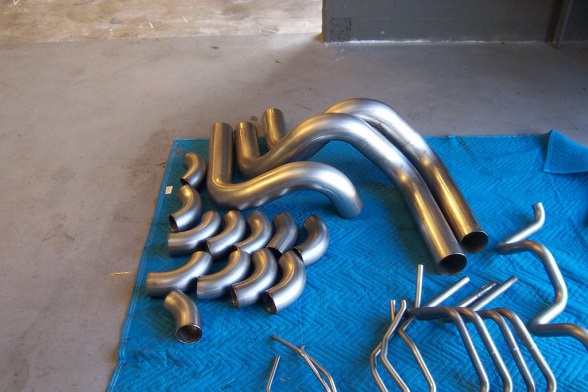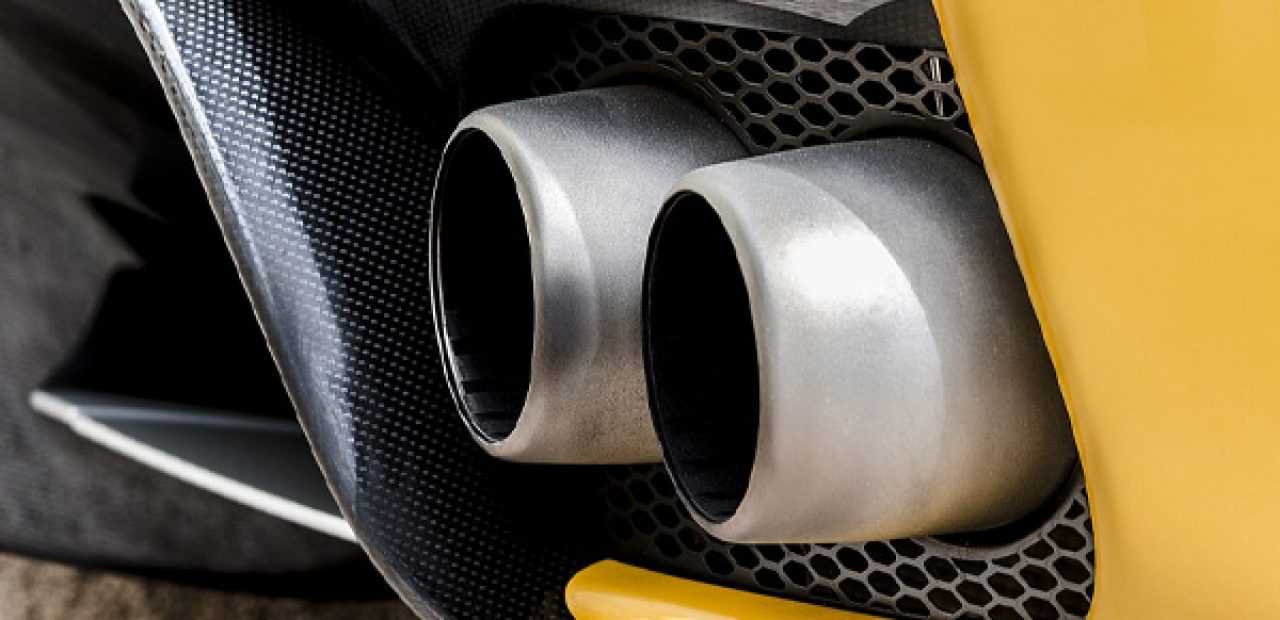Performance Exhausts & Mandrel Bending Exhaust Tubes
Every vehicle needs an exhaust system in order to make the pollutant gasses generated from the engine escape easily and reduce emissions. A total of six gases are produced as emissions, but only three of them are toxic and an exhaust is the only system that can channel them out in the form of inert gasses. The parts that contribute to this whole process are the manifold, catalytic converter, muffler and tailpipe. While there are a lot of features that can improve performance, exhaust piping is one of the most notable ones.

Contents
What Is Mandrel Bent Exhaust Pipe?
These type of exhaust pipes are bent in a way that retains the same diameter throughout the curve without compromising on strength. Because of this, a mandrel exhaust system offers substantial benefits for performance vehicles.
Benefits
There is less obstruction for exhaust gasses passing through a mandrel exhaust pipe than a crush bent. These pipes are smooth and have no wrinkles due to the manufacturing process and this also makes them highly tensile and more efficient since they aren’t made in an egg-shaped tubing structure, like crush bent exhaust pipes. All this contributes to increased air flow, letting the gases escape faster, thus increasing HP.
How to Mandrel Bend Exhaust Pipes?
In order to mandrel bend exhaust pipes you need a set of equipment and tools such as a mandrel bender, a bench vise, wiper die and mandrel plug/ ball. This way, you are able to bend the pipe without making any deformities.

The Process
Alongside the above-mentioned tools and equipment for the mandrel exhaust bending process you’ll also need a bend die, clamp die and pressure die. A bend die is the tool that determines the radius of the bend, it is usually manufactured from steel or alloy steel which has been heat-treated. The bend die supports the tube on the outside diameter (OD). A clamp die is made to match the surface of bend die in order to hold the tube safely in the to the bend die.
The pressure die helps maintain constant pressure where the bend takes place, which also provides the reactionary force that makes the bend. The length of this part will depend on the degree of bend (DOB). The wiper die I mentioned earlier should match the radius of the pipe. This part goes into the groove of the bend die with its tip placed near the tangent point of the bend. The mandrel plug is made from the same material as the bend die and it helps prevent the inside diameter of the tube from collapsing. This component is crucial for the quality of the bend too. The mandrel helps support the tube on the inside diameter (ID).
Firstly, start by measuring the length from the pipe to the bend and mark the distance. This is measured starting from the end of the previous pipe to where you want the far wall to be after the bend.
If you want to make a smaller bend, you’ll need to change of direction and begin at the far wall. To mark this distance, just add 5 – 7.6cm to the overlap, where the pipe clamps connect. The distance is marked on the pipe that is going to be slated for bending.
Find the triangle (diamond) mark on the mandrel exhaust bender and line it up with the mark you made on the pipe. Now just bend the pipe until it reaches the angle you see fit and remove it from the mandrel. Just make sure you hold the pipe in place to check the fit and adjust it so you get the best results.

Tips
The tube needs to be supported in all surfaces with the OD (outside diameter) and ID (inside diameter) at tangent when bending. The tube needs to go over the mandrel with the mandrel bender set at the lowest pressure.
If you have too low of a rake angle, the tube will drag when entering and if you put a lot of force on the pressure die, the drag will increase and make the clamp slip away. This is why you need to set the wiper in accordance with the pressure on the tube, so it can be spread evenly.
The thickness of the inner bending wall will always be thicker than the one of the outer bending wall. Whilst the former is not a worrying factor, the latter is going to be unless the wall thinning is between 8% and 30%. The ovality of the tube will also be distorted, but again, it is not going to be a problem if the range is between 5% and 20%.

















